Don’t let the clock run out: if you’ve been injured allowing the statute of limitations to expire could stop you from receiving the justice and just compensation you deserve
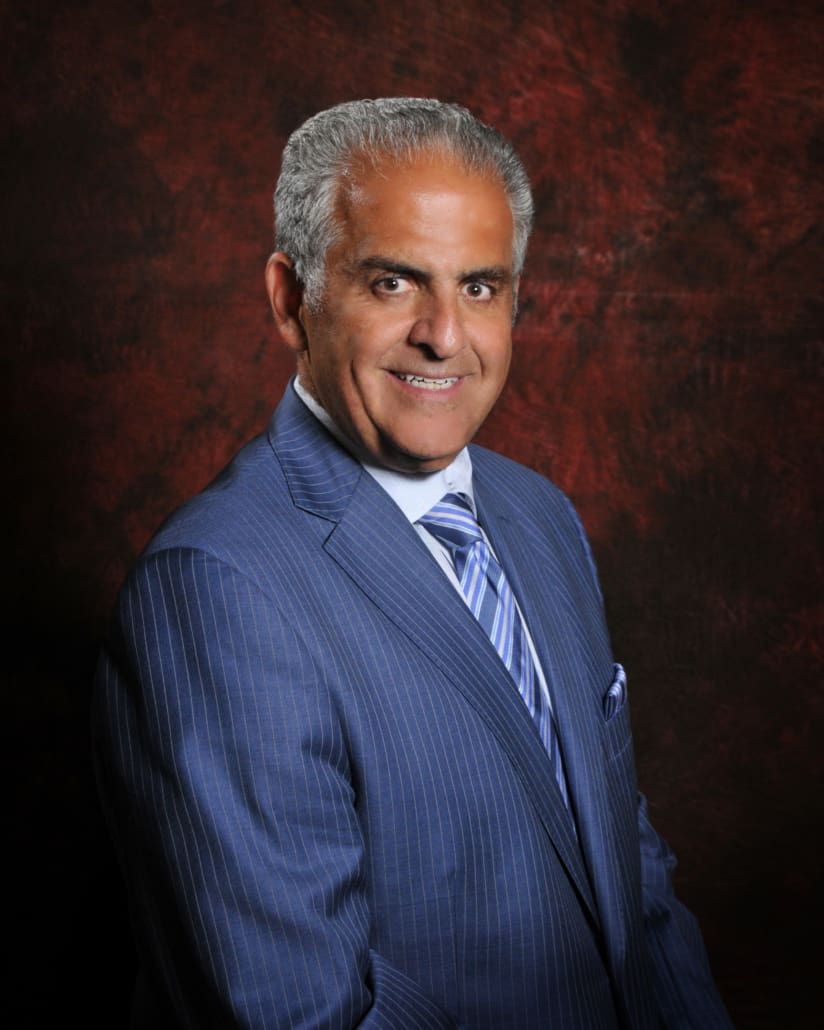
Statutes of limitations (SOL), laws that establish the maximum amount of time that parties involved in civil or criminal matter have to initiate a legal action, have been with us since the days of the Greek Republic and the Roman empire, which means they have been vexing and frustrating attorneys and citizens for thousands of years. And believe me, there are very few things as frustrating as having to tell someone who has been injured or wronged in some way that I can’t help them because the SOL that applies to their situation has run out.
In the vast majority of cases, it is not the potential client’s fault—aside from those of us who practice law most people have no idea that SOLs even exist or what the time limits are. To address that dilemma and reduce the chance that one of my loyal readers will be denied justice because the jurisprudential clock has run out, this week’s column will serve as a primer on this ancient, complicated, and confusing area of the law.
One caveat—how’s that for throwing a little Latin lawyerly lingo into mix—because SOLs are complicated and critical to the pursuit and disposition of cases, the information I’m providing should not be construed as legal advice. If you have been injured or harmed in some way and believe you have a cause of action, please, please, please consult the attorney of your choice immediately. Waiting too long or failing to do so could result in the courthouse door being needlessly slammed in your face—you should not allow that to happen.

Now, onto the topic of the day. Let’s begin with a look at the SOL that applies to personal injury cases like vehicle accidents, dog bites, product liability, premises liability which in common parlance is referred to as “slip and fall” and harm caused by other types of negligence. Under Ohio law the injured party has two years from the date the incident occurred to file suit. In addition, if a loved one is killed as a result of another party’s negligence families have two years from the date of death to file a wrongful death claim.
Here’s a tip: don’t wait 23 months and 29 days to seek legal advice. It’s far better to explore whether you have a valid claim than to let the clock run out.
You probably noticed that medical malpractice was not listed above. That’s because med mal claims must be filed within one year of the date the injury was or should have been discovered or when the doctor/patient relationship ended, whichever occurs later. This more flexible time frame exists because it may not be immediately apparent that an injury has occurred.
In the interest of fairness, I feel compelled to note that the statute of limitations for legal malpractice mirrors the med mal SOL. Clients have one year from the date they discover or should have discovered that malpractice occurred or when the attorney-client relationship ends, whichever is later.
There is, however, a complicating factor when it comes to malpractice: something known as a statute of repose which sets a virtually non-flexible time limit for bringing actions against practitioners in Ohio. That means claims against attorneys, doctors, dentists, optometrists, and chiropractors must be brought no later than four years after the alleged malpractice took place.
There are exceptions—of course there are…Anyway, if a client exercising reasonable care and diligence, could not have discovered the legal malpractice within three years after the occurrence of the act or omission, but discovers it before the expiration of the four-year period they have a year after the discovery to bring an action.
A similar exemption exists for med mal and there’s a bonus exception: the statute of repose does not apply to situations in which a foreign object is left in a patient’s body during a procedure. If a scalpel turns up in an x-ray ten years after you had surgery, you’re free to file suit.
Here’s the bottom line: SOLs and statutes of repose were created to protect defendants, particularly those who are rich and powerful. Are they fair to injury victims and other plaintiffs? Probably not, but they won’t be disappearing in our lifetime, if ever, so it’s up to every citizen to avail themselves of the civil justice system when the need arises.

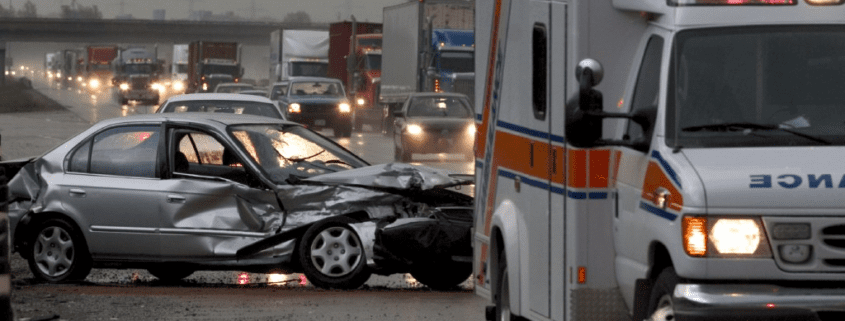
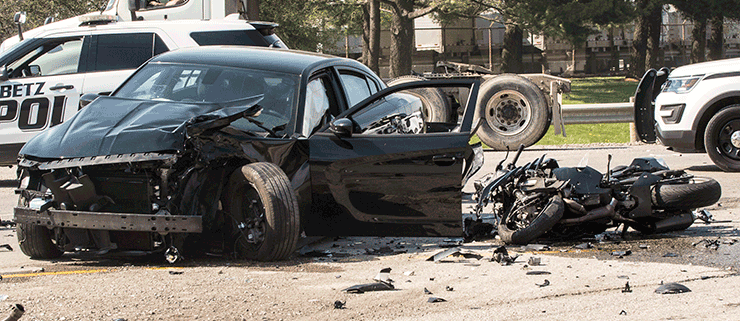
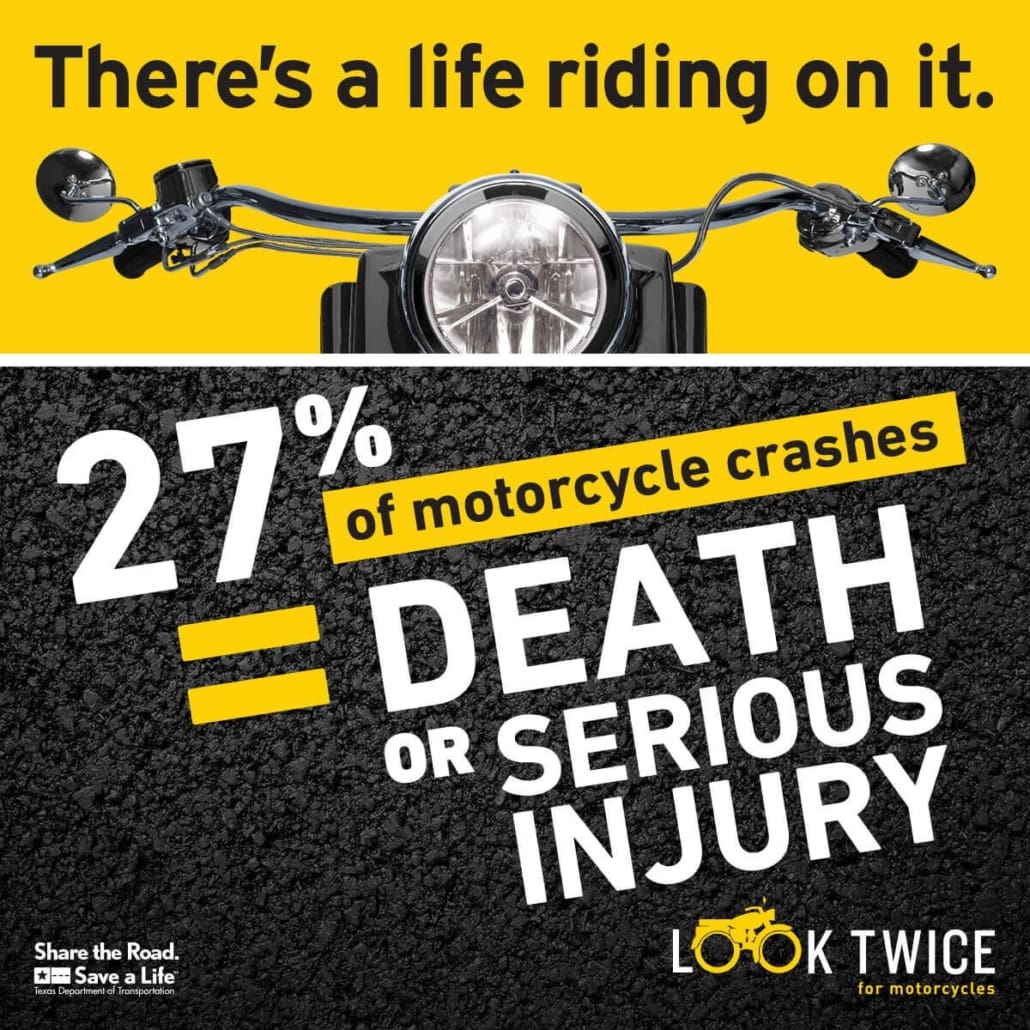
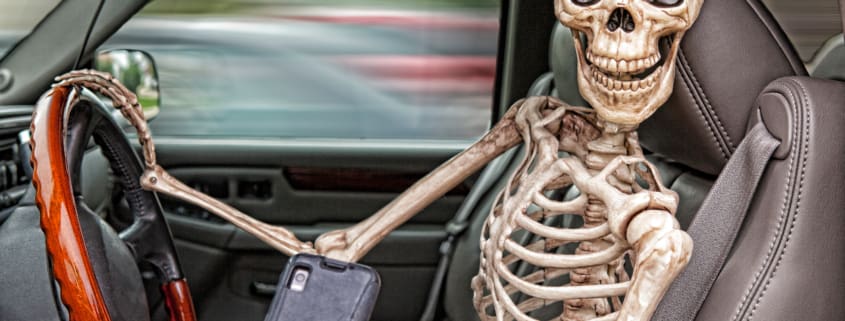

 It’s no accident that May is Motorcycle Safety Awareness Month because as the weather gets nicer and riders hit the streets the number of wrecks involving bikes and other vehicles skyrockets.
It’s no accident that May is Motorcycle Safety Awareness Month because as the weather gets nicer and riders hit the streets the number of wrecks involving bikes and other vehicles skyrockets.